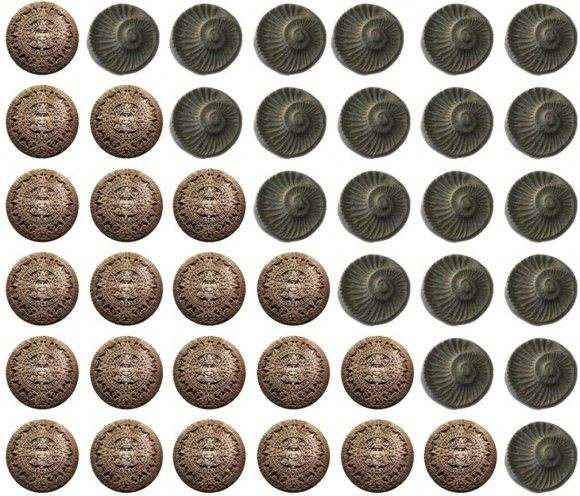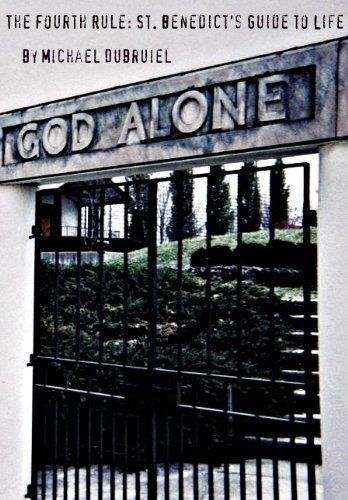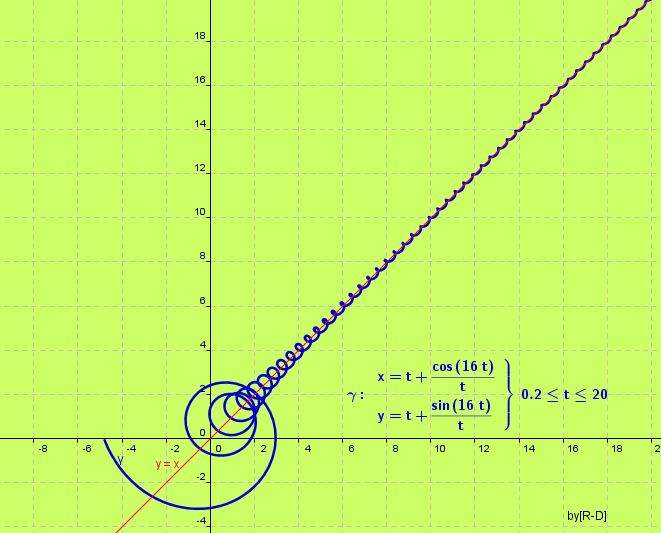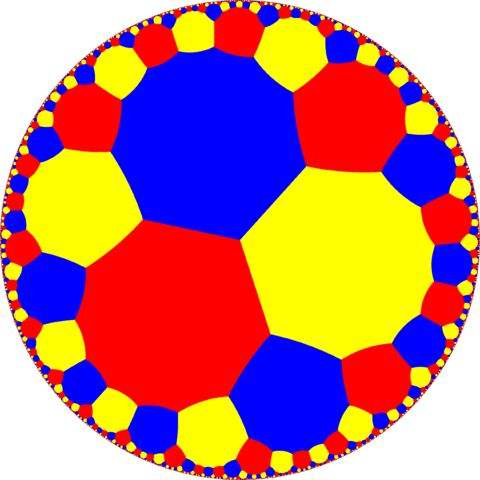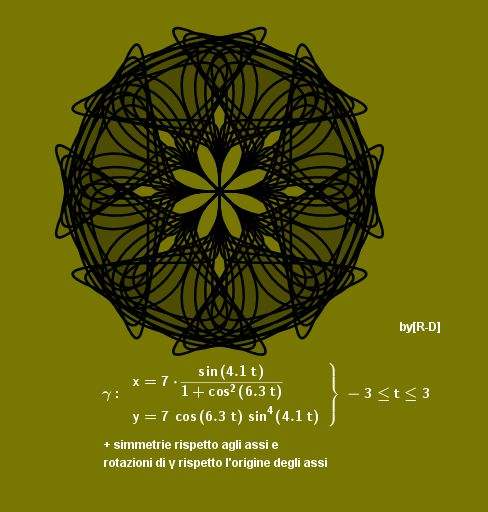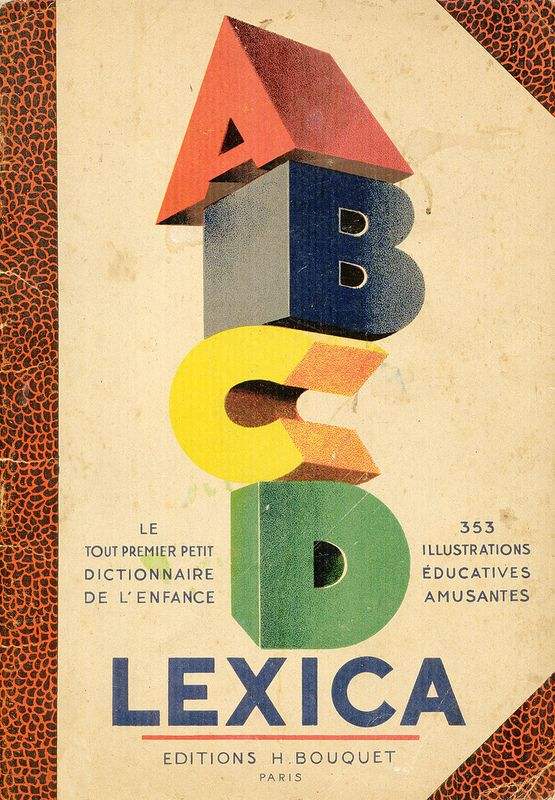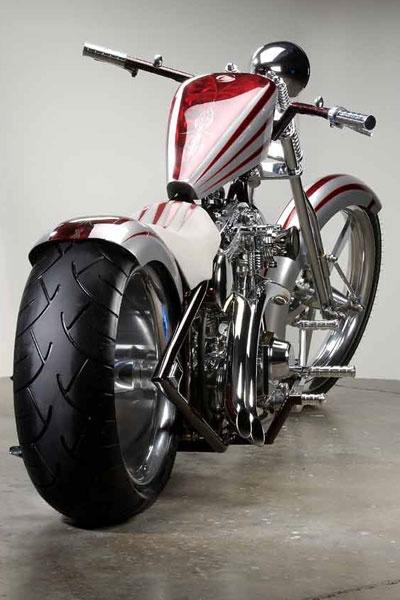Lenguas indoeuropeas.2-Características comunes.2.2-Número gramatical.Conjugación verbal.Comparación léxica
LENGUAS INDOEUROPEAS
Número gramatical
En el estadio más antiguo de las lenguas indoiranias, griegas, eslavas y celtas existían tres posibilidades para el número: singular, dual y plural. En las otras ramas de la familia se registran solo dos números: singular y plural (marginalmente en latín se tiene vīgintī ’20’ con terminación de dual). Actualmente el dual ha desaparecido de todas las ramas de la familia indoeuropea, excepto entre las lenguas eslavas.
Se ha reconstruido al antecesor de todo el indoeuropeo no anatolio (pIE-II) como una lengua en la que habrían existido tres números, como en las ramas indoirania y griega. Sin embargo, el anatolio solo testimonia dos números, por lo que probablemente el protoindoeuropeo común (pIE-I) habría sido una lengua con solo dos números, siendo la creación del dual una innovación posterior del indoeuropeo no anatolio.
Caso gramatical
Las lenguas indoeuropeas más antiguas de todas las ramas de la familia (griego micénico, hitita, sánscrito, latín, antiguo irlandés, eslavo eclesiástico, …) son lenguas flexivas con un sistema de 5 a 8 casos morfológicos. El número de casos del protoindoeuropeo es materia de debate porque no está claro que el sistema máximo de casos con casonominativo, vocativo, acusativo, genitivo, dativo, ablativo, locativoe instrumental que encontramos en sánscrito se remonte enteramente al estadio más antiguo reconstruible. De hecho, algunos autores argumentan que existen residuos de un pre-protoindoeuropeo no flexivo anterior al protoindoeuropeo común.6
Muchas lenguas indoeuropeas modernas, sin embargo, han perdido gran parte del sistema de casos y la conjugación que caracterizaban a las lenguas indoeuropeas más antiguas. Así, entre las lenguas romances, derivadas del latín, solo el rumano conserva un sistema reducido de casos. Las lenguas germánicas igualmente han reducido el número de casos con formas distintivas, habiendo desaparecido en inglés por completo las marcas de caso específicas en el sustantivo. Las lenguas indoiranias han sufrido asimismo una acusada disminución del número de casos. El hindi-urdu posee un sistema de solo tres casos directo o nominativo, vocativo y oblicuo o preposicional. Una situación similar se da en muchas lenguas iranias, como el pashtún de Afganistán. El griego moderno también ha reducido el número de casos respecto al griego clásico, pero junto con las lenguas eslavas y el lituano forma parte de las lenguas indoeuropeas con una flexión nominal con mayor número de casos distintos.
Conjugación verbal
El sistema verbal de la mayoría de las ramas del indoeuropeo parece haber sufrido más cambios que el sistema de flexión nominal. Por esa razón, la reconstrucción se ha basado más en las terminaciones y lasmarcas morfológicas que en las categorías representadas.
Antes del descubrimiento de las lenguas anatolias y su parentesco con las lenguas indoeuropeas, el sistema verbal reconstruido para el protoindoeuropeo se basaba ampliamente en el griego y en el sánscrito. Este sistema reconstruido constaría de:
- Cuatro modos: indicativo, subjuntivo, imperativo e infinitivo.
- Dos voces: voz activa y voz media.
- Tiempos gramaticales derivados de tres formas de la raíz, dependientes del aspecto gramatical: formas de imperfecto, formas de perfecto y formas de aoristo.
Este sistema maximal, llamado modelo grecoario o indogriego, fue considerado el resultado de innovaciones tardías cuando se conoció mejor el sistema verbal del anatolio. El sistema verbal del indoeuropeo más antiguo resulta, sin embargo, de difícil reconstrucción, ya que el anatolio presenta un sistema verbal mucho más simple y es, por tanto, imposible distinguir hasta qué punto se debe a pérdida de modos o tiempos o hasta qué punto el sistema de las lenguas con una conjugación más amplia es el resultado de innovaciones.
En las lenguas modernas, especialmente en las europeas, han aparecido numerosas formas verbales basadas en verbos auxiliares y perífrasis. Así, las lenguas romances y las germánicas, como el inglés o el alemán, han perdido las formas sintéticas de la voz pasiva y las formas de perfecto, presentes en lenguas antiguas como el latín o el gótico, habiendo sido substituidas con formas perifrásticas con los verbos ‘ser’ y ‘haber’.
Comparación léxica
El léxico común heredado es la evidencia más clara del parentesco genético entre las lenguas indoeuropeas. El trabajo a partir del método comparativo ha permitido compilar diccionarios con varios miles de términos reconstruidos (precedidos de *). La siguiente tabla da los numerales reconstruidos para diferentes ramas de la familia:
| proto-IE | PROTO- GERMÁNICO |
latín | PROTO- CELTA |
PROTO- BÁLTICO |
antiguo eslavo |
PROTO- ALBANÉS |
PROTO- INDOIRANIO |
PROTO- ANATOLIO |
PROTO- GRIEGO |
PROTO- ARMENIO |
PROTO- TOCARIO |
|
|---|---|---|---|---|---|---|---|---|---|---|---|---|
| 1 | *oynos | *ainaz | ūnus | *oinos | *oīns | jedĭnŭ | *(ai)ɲa | *aiwas | *ānt | *hemei- | *mik | *ṣēs |
| 2 | *dwō | *twai | duō | *dwei | *dw(ā)i | dŭva | *dui | *dwā | *dā- | *dwō | *tgu | *wu |
| 3 | *treyes | *θreiz | trēs | *treis | *trijas | trĭje | *tre(ye) | *trayas | *tri- | *tri | *erek’ | *treyɨ |
| 4 | *kʷetwor- | *fiθwor | quattuor | *kʷetwar- | *keturi | četyre | *katur | *ćatwaras | *mewi- | *qettar- | *ć’eyork’ | *śɨtwerɨ |
| 5 | *penkʷe | *fimf- | quinque | *kʷenkʷe | *penki | pętĭ | *penće | *panća | *panku | *pente | *pink | *pɨnśɨ |
| 6 | *sweks | *seks | sex | *sweχ | *sweši | šestĭ | *skes- | *swaćs | *hweks | *hweć’ | *ṣɨks | |
| 7 | *septm | *sibun | septem | *seχtan | *septīni | sedmĭ | *septa- | *sapta | *hepta | *hewt’m | *šɨptɨ | |
| 8 | *h3oktō | *ahtō | octō | *oχtū | *aštōni | osmĭ | *(ak)te- | *aštā | *haktau | *oktō | *ut’ | *oktɨ |
| 9 | *newn | *niwun | novem | *nawan | *newīni | devętĭ | *nan- | *nawa | *nu- | *ennewa | *inn | *ñɨwɨ |
| 10 | *deḱm | *tehun | decem | *dekam | *dešīmt- | desętĭ | *ðeć- | *daća | *deka | *desm | *śɨkɨ |
______________________…………………………===========================
Grammatical number
In the earliest stage of the Indo-Iranian languages, Greek, Slavic and Celtic were three possibilities for number: singular , dual and plural . Singular and plural (marginally: in the other branches of the family only two numbers are recorded Latin you have Viginti ’20’ with dual termination). Currently the dual has disappeared from all branches of the Indo-European family, except among Slavic languages .
He has reconstructed the ancestor of all non-Anatolian Indo-European (PIE-II) as a language in which there would have been three numbers, as in Greek and Indo-Iranian branches. However, only testifies anatolio two numbers, so probably the common PIE (pIE-I) would have been a language with only two numbers, with the subsequent creation of the dual non-Anatolian Indo-European innovation.
Grammatical case
The oldest Indo-European languages from all branches of the family (Mycenaean Greek , Hittite , Sanskrit , Latin , Old Irish, Church Slavonic , …) are inflected languages with a system of 5-8 morphological cases . The number of cases of PIE is debatable because it is unclear that the case system with max case nominative , vocative , accusative , genitive,dative , ablative , locative and instrumental found in Sanskrit is entirely lift the oldest reconstructable stage. Indeed, some authors argue that there are residues of a pre-Indo-European inflectional not above the common protoindoeuropeo. 6
Many modern Indo-European languages, however, have largely lost the case system and conjugation that characterized the oldest Indo-European languages. Thus, among the Romance languages, derived from Latin, only Romanian retains a reduced case system. The Germanic languages have also reduced the number of cases with distinctive shapes, having disappeared completely in English marks specific noun case. The Indo-Iranian languages have also suffered a sharp decline in number of cases. The Hindi-Urdu has a system of only three direct or nominative and vocative cases oblique or prepositional . A similar situation occurs in many Iranian languages, as the Pashtun of Afghanistan. TheModern Greek has also reduced the number of cases in the classical Greek , but along with Slavic languages and the Lithuanianpart of the Indo-European languages with a nominal bending largest number of different cases.
Verb Conjugation
The verbal system of most branches of Indo-European seems to have undergone more changes than system nominal bending . Therefore, the reconstruction has been based more on the terminations andmorphological markers in the categories represented.
Before the discovery of the Anatolian languages and relationship to the Indo-European languages, the verbal system reconstructed for Proto is largely based on the Greek and the Sanskrit . This reconstructed system would consist of:
- Four modes : indicative, subjunctive, imperative and infinitive.
- Two voices : active voice and low voice.
- Tenses derived from the following three ways, dependent on thegrammatical aspect : imperfect forms, shapes and forms perfectaorist .
This maximal system, called grecoario model or Indo-Greek, was considered the result of late innovations when the verbal system of Anatolian became better known. The verbal system is the oldest Indo-European, however, difficult reconstruction, as the Anatolian presents a much simpler verbal system and is therefore impossible to tell how much is due to loss of modes or times or to what extent system languages with a wider conjugation is the result of innovations.
In modern languages, especially in Europe, there have been numerous verbal forms based on auxiliary verbs and circumlocutions . Thus, the Romance languages and Germanic, such as English or German, have lost synthetic forms of the passive voice and ways to perfect, present in ancient languages like Latin or Gothic , having been replaced with periphrastic forms with verbs ‘be’ and ‘have’.
Lexical comparison
The common inherited lexicon is the clearest evidence of the genetic relationship between Indo-European languages. The work from thecomparative method has allowed compiling dictionaries rebuilt several thousand terms (preceded by * ). The following table gives the numerals reconstructed for different branches of the family:
| proto-IE | PROTO- GERMANIC |
Latin | PROTO- CELTA |
PROTO- BALTIC |
Old Slavonic |
PROTO- ALBANIAN |
PROTO- Indo-Iranian |
PROTO- ANATOLIO |
PROTO- GREEK |
PROTO- ARMENIAN |
PROTO- Tocharian |
|
|---|---|---|---|---|---|---|---|---|---|---|---|---|
| 1 | * Oynos | * Ainaz | Unus | * Oinos | * Oins | jedĭnŭ | * (Ai) ɲa | * Aiwas | * ANT | * Hemei- | * Mik | * SES |
| 2 | * DWO | * Twai | duō | * Dwei | * Dw (ā) i | Duva | * Dui | * DWA | * DA | * DWO | * Tgu | * Wu |
| 3 | * Treyes | * Θreiz | THREE | * Treis | * Trijas | Trije | * Tre (e) | * Trayas | * Tri | * Tri | * Erek ‘ | * Treyɨ |
| 4 | * Kʷetwor- | * Fiθwor | quattuor | * Kʷetwar- | * Keturi | četyre | * Katur | * Ćatwaras | * Mewi- | * Qettar- | * Ć’eyork ‘ | ¶ * ɨtwerɨ |
| 5 | * Penke | * Fimf- | quinque | * Kenke | * Penki | Peti | * Pence | * Panca | * Panku | * Pente | * Pink | * Pɨnśɨ |
| 6 | * Sweks | * Seks | sex | * Sweχ | * Sweši | Sesti | * Skes- | * Swaćs | * Hweks | * Hweć ‘ | * Ṣɨks | |
| 7 | * Septm | * Sibun | septem | * Seχtan | * Septīni | Sedmi | * Septal | * Sapta | * Hepta | * Hewt’m | * Šɨptɨ | |
| 8 | * H 3Okto | * Ahto | Octo | * Oχtū | * Astoni | Osmi | * (K) TE | * ASTA | * Haktau | * Okto | * Ut ‘ | * Oktɨ |
| 9 | * Newn | * Niwun | novem | * Nawan | * Newīni | devętĭ | * Nan- | * Nawa | * Nu- | * Ennewa | * Inn | * Ñɨwɨ |
| 10 | * Deḱm | * Tehun | decem | * Dekam | * Dešīmt- | Deseti | * DEC- | * Dhaka | * Deka | * Desm | * Śɨkɨ |
Fuente:

